The term ‘cladding’ refers to physical components that are attached to the external structure of a building to form exterior surfaces. This is opposed to buildings whose external surfaces are constructed using structural materials such as masonry walls.
Timber cladding refers to an exterior veneer made of wood that is used to shield a structure from the outdoor elements and enhance its external appearance. It generally involves planks of timber set to overlap each other and create a small gap between it and the main wall. Thus, any moisture that penetrates the cladding has a chance to drain away and evaporate before reaching the main wall.
Timber cladding is an effective way of making buildings and establishments better protected and aesthetically pleasing with a beautiful wooden finish. Some experts refer to timber cladding as weatherboarding.
Timber cladding is typically used for structures with double walls. Thus, the inner wall is usually made of paneling, plaster or drywall. Furthermore, exterior timber cladding is often used in combination with a moisture barrier, which allows the remaining cavity to be fitted with plumbing, electrical wiring and insulation.
What type of wood is used for timber cladding?

There is a species out there to suit every build preference, from British Larch and Canadian Western Red Cedar. Western Red Cedar is incredibly popular because it is naturally resistant to moisture penetration and decay. It also has a relatively knot-free appearance.
Other traditional timbers that have been used for centuries to shield buildings from the outdoor elements include Britain oak, sweet chestnut and elm. Contemporary building methods use more modern imported wood species like Siberian larch and Canadian western red cedar.
Factors like your budget and the species’ durability influence the type of wood you choose for your cladding.
What are the advantages of timber cladding?
Aesthetic appeal
Timber cladding bears a smooth and light appearance that helps a structure blend well with the natural surroundings. The ability of timber to merge well with natural surroundings is vital to creating a seamless blend between buildings and the environment.
Various styles of timber cladding available make this a versatile material that can be tailored to fit in with various styles, provided that timber cladding is available in a range of profiles, coatings and textures.
Timber cladding can break up the mundane by bringing nature into urban settings, thus creating a striking façade that catches the eye each time.
Over time, timber cladding is subject to weathering which changes its appearance as a result of environmental conditions. While this may sound negative at first, cladding can gain a beautiful gray sheen over time.
However, there are treatments you can consider to slow down the cladding process to protect the timber without distracting from its natural appeal.
Easy installation
Experts have spent long periods designing timber cladding to fit ease of use and quick installation, and thus it involves less handling and labor compared to other building materials.
Energy efficiency
Both heat and sound insulation are supported by timber cladding. The structure traps heat within the main building while ensuring that sound does not escape. Timber cladding is more effective at retaining heat compared to steel, concrete and aluminum, making it both aesthetically and functionally ideal for homes.
This form of effective insulation reduces the reliance on cooling and heating systems, This promotes environmentally friendly energy usage
Unique structure
Experts indicate that cladding is popular because of the versatility realized through its lightweight nature and flexibility. It is also inexpensive because it does not require the additional support of a sub-floor wall. Timber cladding can be served well with columns, piers and posts.
Also, unlike many other construction elements, timber cladding can be arranged to design unique and non-traditional building shapes.
Sustainability and durability
Experts recommend carefully positioning and treating timber cladding appropriately to make it last anywhere from 40 to 60 years and more.
When shopping for timber cladding, look out for timber that has been pressure treated. This treatment ensures around a 30 years warranty against fungal decay, rot and other forms of breaking down.
Timber cladding can resist cold, wind and rain when it is properly installed and cared for. Additionally, the natural grain of the wood makes chips and other small dents hard to spot. This means the effects of age and wear are less perceptible.
Remember to inquire about the origin of the timber cladding you aim to acquire. This is because timber grown in harsh environments is inherently more durable to the outdoor elements. The more vulnerable species will need the appropriate treatment to slow the degradation.
Timber is naturally renewable and is indefinitely replaced as trees grow, thus making timber cladding a sustainable option. Another advantage is that timber is carbon neutral, as trees absorb carbon dioxide and release oxygen, thus balancing out any emissions better than any other popular building materials do.
What are the disadvantages of timber cladding?

Without proper treatment, timber cladding can fall victim to pests like termites and decay from moisture penetration. Protective coating has to be applied professionally, and the wood has to be clean before it is applied.
A coating that is both UV and water-resistant can be expensive and labor-intensive. This is the only way to prevent structural damage, mold and rot from occurring.
Timber cladding must adhere to building codes and regulations, and this can be time-consuming when you are seeking to make quick upgrades to your building structure.
Conclusion
Timber is a versatile and effective building material which has a significant place in decorating and constructing structures. Its popularity has recently grown because of its renewability and highly adored natural aesthetic.
Despite emerging on the market, many people have limited knowledge about cladding and how it is used. This article was designed to help you educate yourself on timber cladding, and to help you consider whether to install cladding on your home.
Timber cladding can be used on domestic and commercial properties to enhance the aesthetics of the structure while providing some protection.
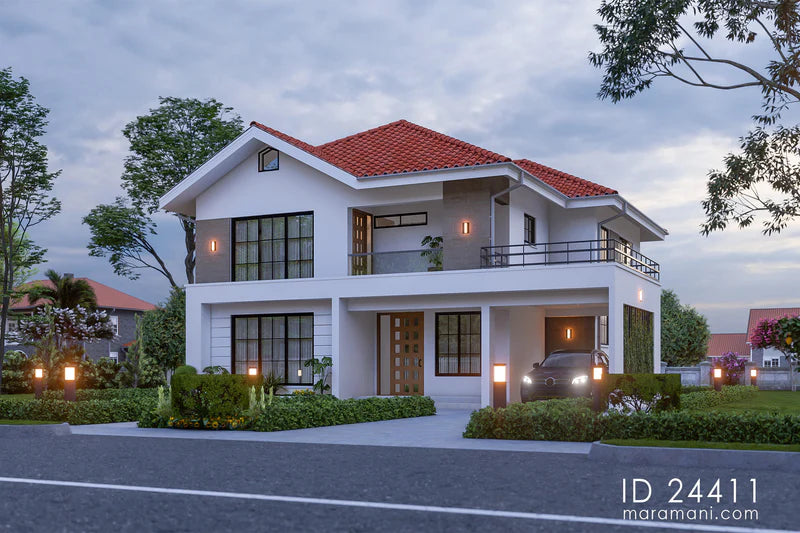
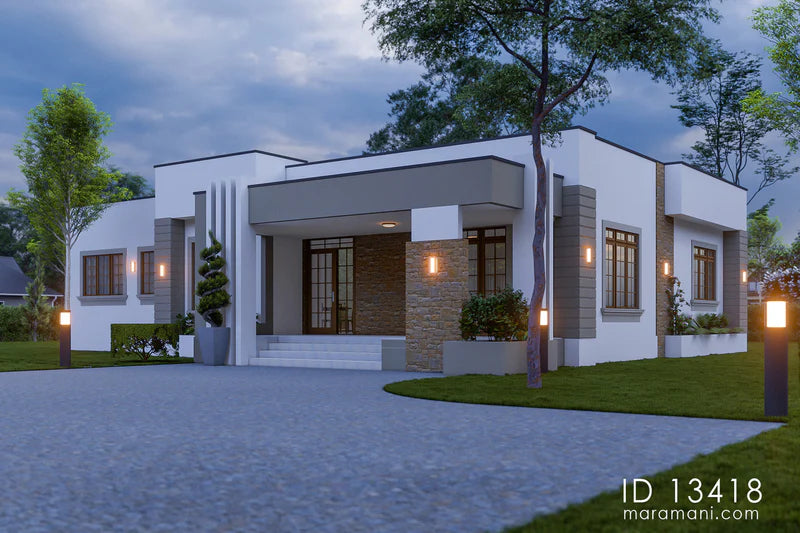
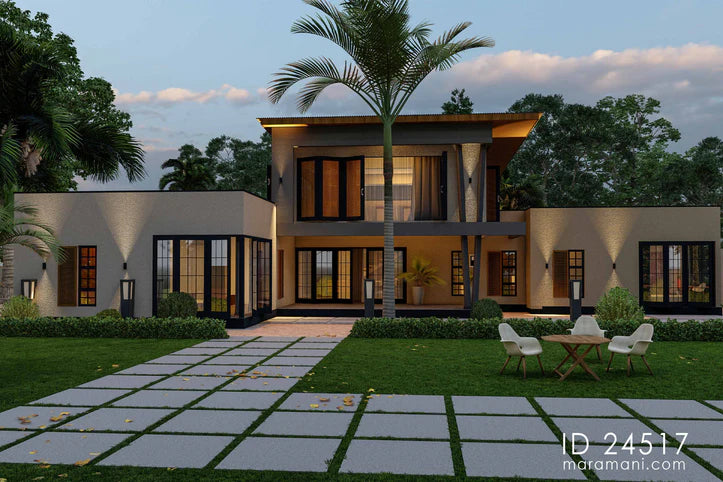
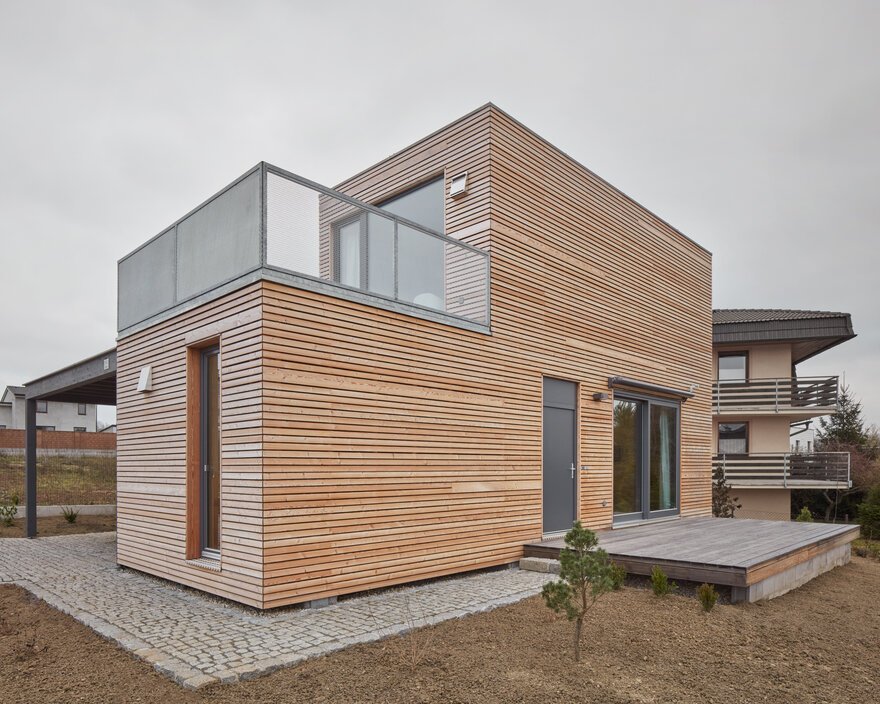

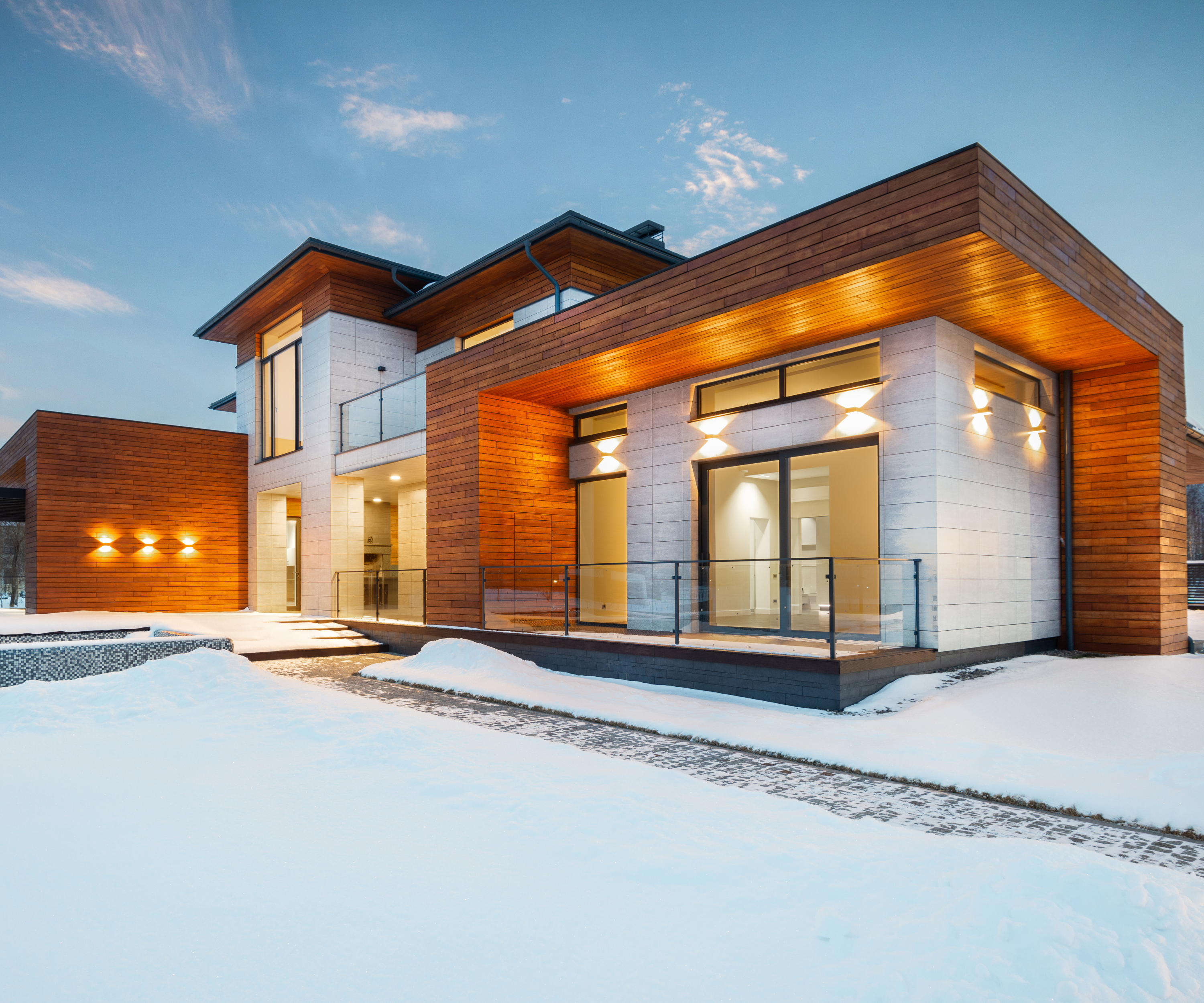
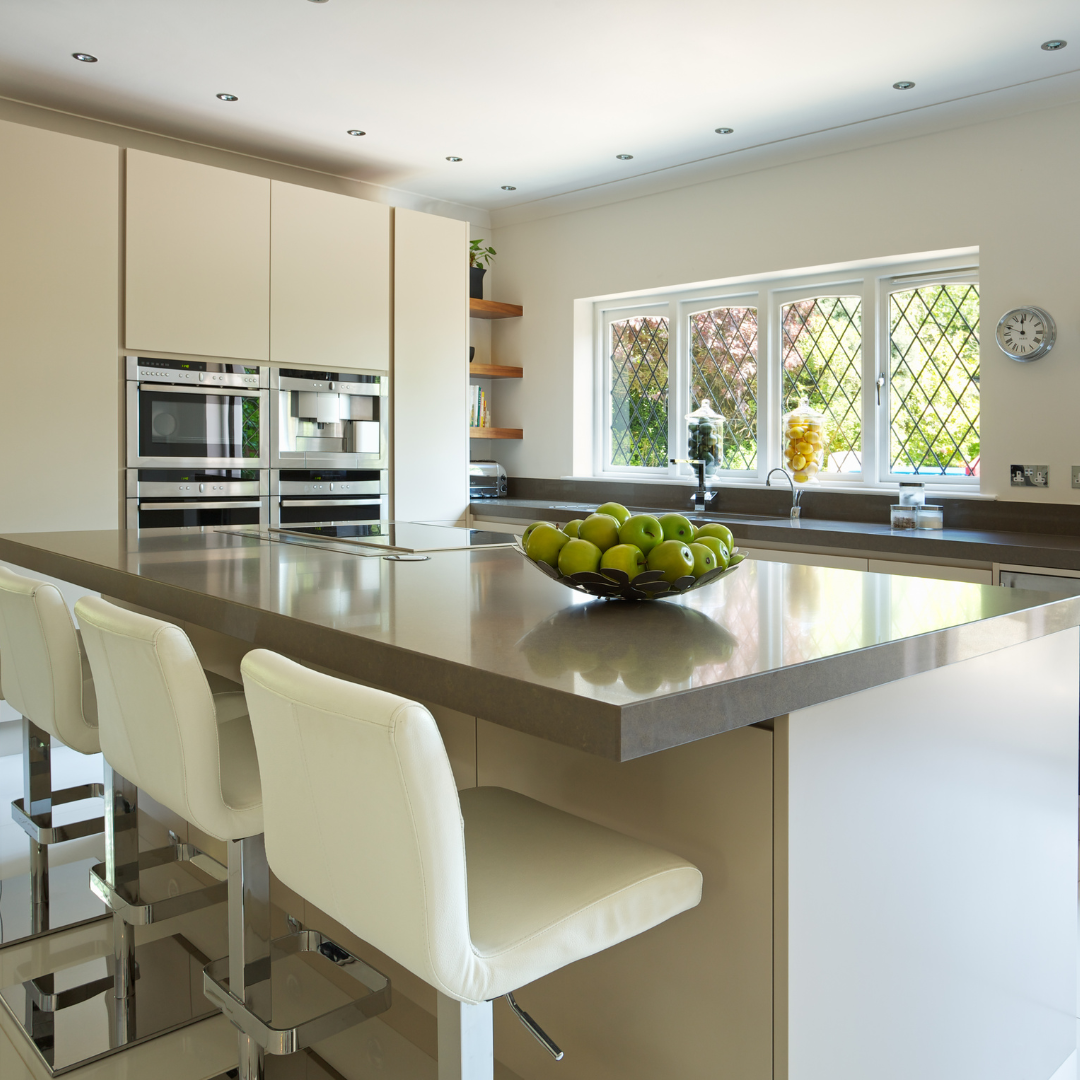
Leave a comment
This site is protected by hCaptcha and the hCaptcha Privacy Policy and Terms of Service apply.